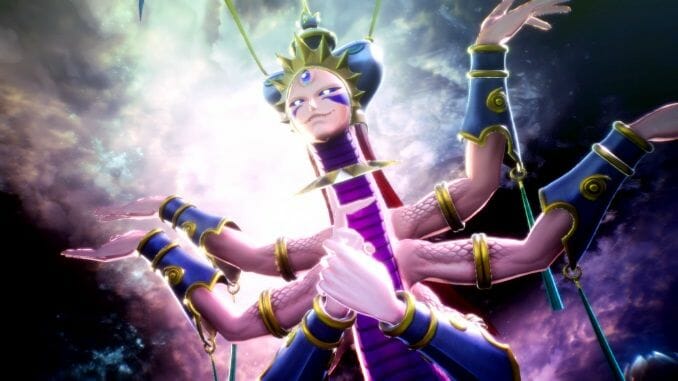Shin Megami Tensei V Is a Meditative Trip Through Hell

I had my doubts about Shin Megami Tensei V. Since Sega’s purchase of Atlus in 2013, I’ve felt ambivalent about the direction the series has taken. Much like Dragon Quest, SMT has long been a bastion of the “old school” in the RPG sphere—the changes in the formula are far more incremental than many of their peers, but there’s an undeniable and marked evolution between each entry that feels considered and correct for each game and the time period in which they were released. The process accelerated just a bit too fast in Shin Megami Tensei IV, then leaned in harder in Shin Megami Tensei IV: Apocalypse and Strange Journey Redux.
Many of these changes were a direct result of a change in hands. SMTIV was the first game in the mainline series where Kazuma Kaneko was not the primary character or demon designer, and the role of creative director had been passed to Eiji Ishida. Masayuki Doi, known for his work on the Trauma Center series, designed the main cast while a cavalcade of new demons were completed by Doi and a retinue of guest artists mostly known for their work on Sentai series such as Kamen Rider. The result was a rather scatterbrained melange of Kaneko’s designs throughout the years and several new designs that seemed to align poorly with Kaneko’s house style. Where Kaneko became renowned for predominantly keeping his demon designs loyal to their original myths (while still remaining interpretive or reverent of popular fashion of the time, hence the many Jean Paul Gaultier-esque designs in Nocturne), many of the demon designs of SMTIV felt ridiculous and unrecognizable to the original myths, slapping lasers, gross appendages, and fleshy abs on archangels and legendary warriors seemingly in the name of cool. I would compare the experience to playing a gacha game, where occasionally you encounter a design that feels like a spark of genius amid a sea of the strange and off-putting. This coupled with the inane plots of Apocalypse and Strange Journey Redux very well could have turned me off from the series forever if the gameplay hadn’t been so finely tuned.
What sold me on Shin Megami Tensei V was seeing firsthand how Doi came into his own as an integral part of the series. The new designs he spearheaded show a dogged maturity, and his new vision for the series—grotesque, ferocious, and passionate—meld perfectly with the central themes at hand in SMTV. The game feels like a triumph in many ways, imbued with new life and palpably raw as it blends Shin Megami Tensei’s history with a modern outlook. Much of this lies in the visual design of the game.
The demons that blot Tokyo feel achingly alive; their animations are fluid, sinister, and sometimes quite sweet. They seem inviting, or vile, and vie for power with desperation. They serve greater beings like good peons and have much to say about the goings-on of Da’at, of which there are a myriad of moving parts. Seeing the demons roam around the open frontier makes them feel more integrated into the world than in SMTIV, which did away with random encounters in the series but was only able to render demons as pixelated holograms due to the 3DS’s limitations. The many side quests offered by the fairies and goddesses that populate the world give them a distinct personality, making them feel like more than just collectable Pokémon. They’re beings with desires grander than humans—it feels like justice to the many mythologies and religions represented.
As the game progresses, the cosmology that SMTV posits seems more and more understandable, despite its rarefied subject matter. The plot itself is fairly straightforward, and feels like a callback to the original Shin Megami Tensei as well as Nocturne. What begins as your classic tale of God versus Satan gradually unravels into a race towards divinity—it’s esoteric, but nothing would be out of place in a late ‘80s seinen manga. The pacing of the story is rather glacial; the stakes don’t begin to rise until around the game’s mid-point. The slow progression often works in the game’s favor, though, giving an impression of impossible blockades and labors that must be overcome to reach your ultimate destination.